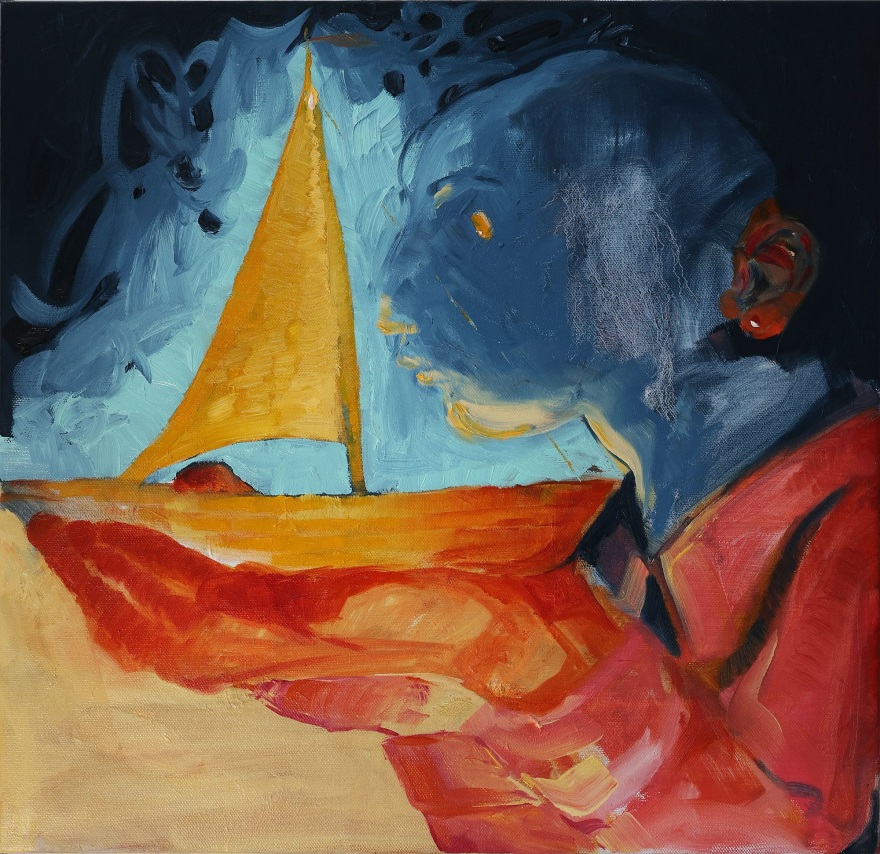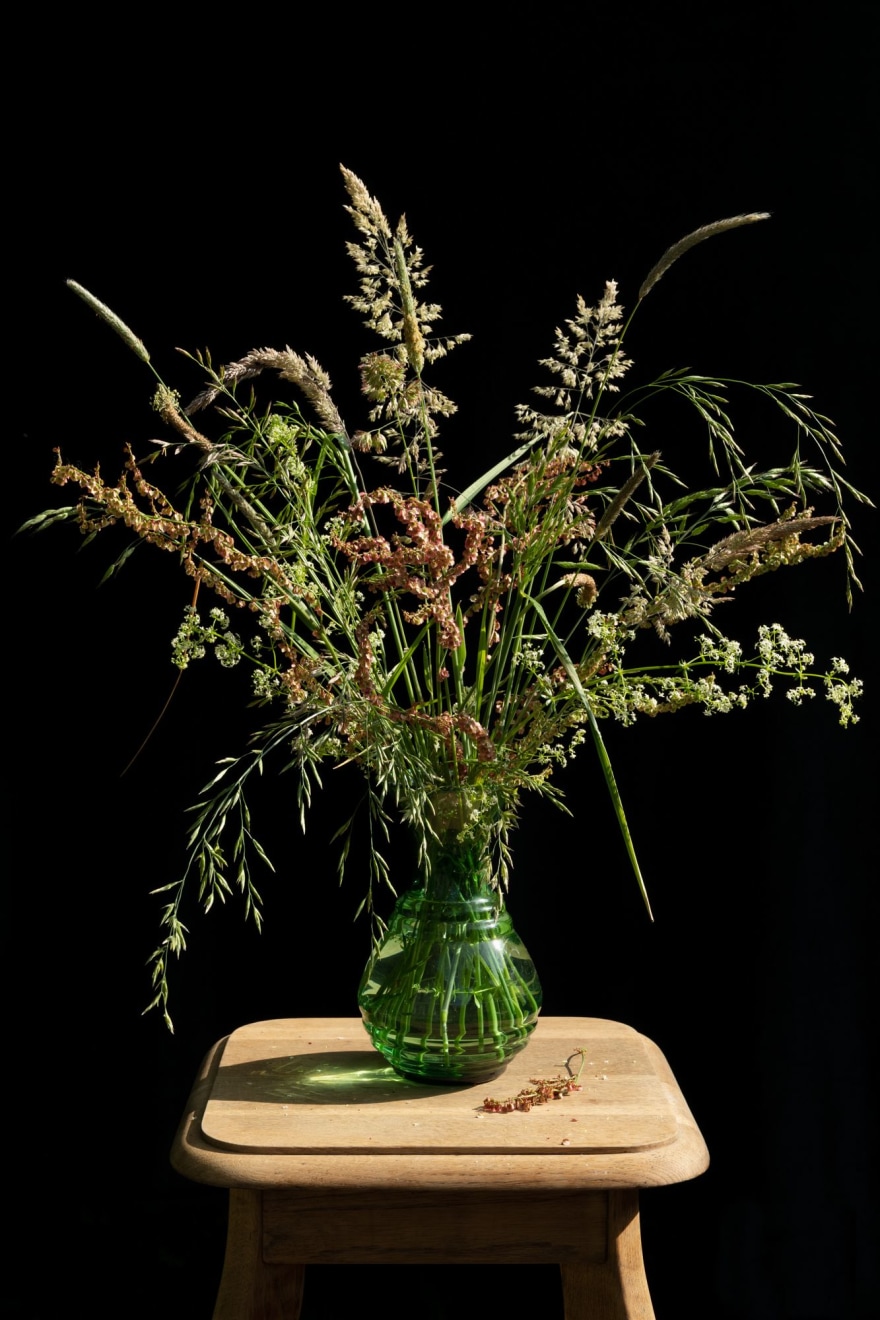14 october 2025, Wouter van den Eijkel
NEXT: Galerie Helder presents work by three recent graduates
NEXT can be seen at Galerie Helder in The Hague through 25 October.
Gallery owner Frey Feriyanto collaborates regularly with young artists. The graduation shows for the art academies are part of his annual calendar. He visits them to talk with artists and to get a sense of what’s happening among the new generation. This year, he selected Chiou and Stikkelorum from the HKU and discovered Kurstjens at the Willem de Kooning Academy.

Anthony Chiou, Nothing More Than A Wish At Night, 2025, Galerie Helder
“We select based on conversations with the artists and, of course, on the work we find interesting,” says Feriyanto. “The artists must be a good match for the philosophy of the gallery. Personal engagement and self-reflection are essential, as are solid craftsmanship and poetic content in the work.”
There is no thematic overlap between the three artists, but that’s not a requirement for an exhibition, according to the gallery owner. “Showing three different disciplines can also be interesting, as in this case: painting, photography and ceramics. We aim to create a beautiful presentation together with these artists, preferably a story in which the viewer experiences a certain ‘tension,’ something that sparks the imagination.”

Florentien Stikkelorum, Luisterobject middelmaat 7, 2025, Galerie Helder
When asked about the similarities between the work of Anthony Chiou, Florentien Stikkelorum and herself, photographer Kieke Kurstjens says something similar: “I think all three of us are searching for ways to stimulate the senses of the passerby and contribute to awareness of our relationship with space and the objects around us. The bright and playful colours Anthony uses, for instance, make me want to immerse myself in the worlds he creates.”
In her graduation project Fluffballs, Kurstjens combines two subjects that fascinate her: 17th-century still lifes and weeds. Kurstjens has long been captivated by the genre of the still life. “I’m endlessly interested in how a still life removes something from its context. To me, photography always removes something from its context, since you frame it and capture a moment. With a still life, I can amplify this and question it. It makes it seem as if, as a photographer, by creating still lifes of weeds, I can have control over nature.”
Kurstjens became interested in weeds and our relationship with them when she moved to Rotterdam for her studies. She suddenly began to see her childhood surroundings differently. “I notice things I used to overlook. It made me realise that not everyone is keenly aware of the more-than-human world around us.”

Kieke Kurstjens, Grasses, 2024, Galerie Helder
The dandelion in particular has attracted Kurstjens’ attention. As a child, she was fascinated by how its seeds are carried by the wind. “It’s an herb that reawakens the playfulness in most people. Almost everyone has blown on a dandelion at some point and I wanted to use that memory as a point of recognition.”
Her interest in still lifes and weeds came together when Kurstjens began photographing and filming outdoors. Working with nature — from golden morning light to a gentle breeze — she explores our perceptions of nature. “I framed the animated still lifes like paintings to encourage passersby to look more closely.”
Kurstjens has found her theme and already knows her next step. “I want to give the weeds in sidewalks, alleys and streets a stage and create urban still lifes of Rotterdam and its harbour.” For this goal, she frequents flea markets and thrift stores in search of small vases, so she can draw attention to these inconspicuous weeds by making them appear optically larger. “I want to use the spread of weeds as a metaphorical connector with the city. I once learned from an urban ecologist that plants can ‘naturalise’, and I want to further explore and question that fascinating concept in the coming year.”
In the longer term, she hopes to create site-specific works in collaboration with museums and residencies. An ultimate milestone would be a solo exhibition in a museum or gallery, such as Castle Wijlre, which is dedicated to nature.

Kieke Kurstjens, Reed, 2024, Galerie Helder
